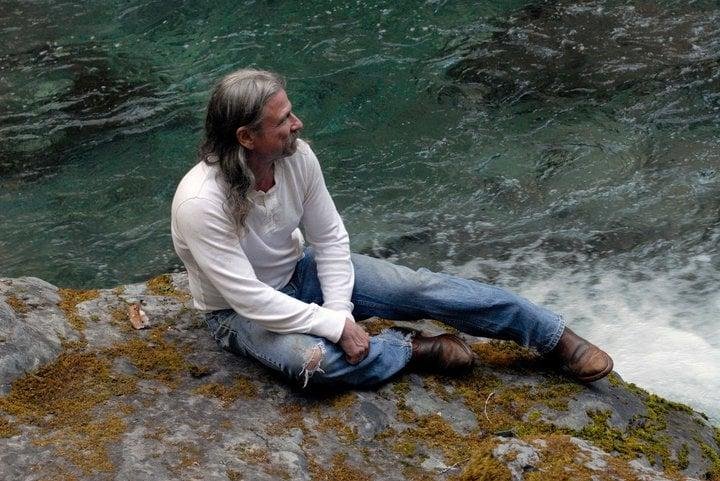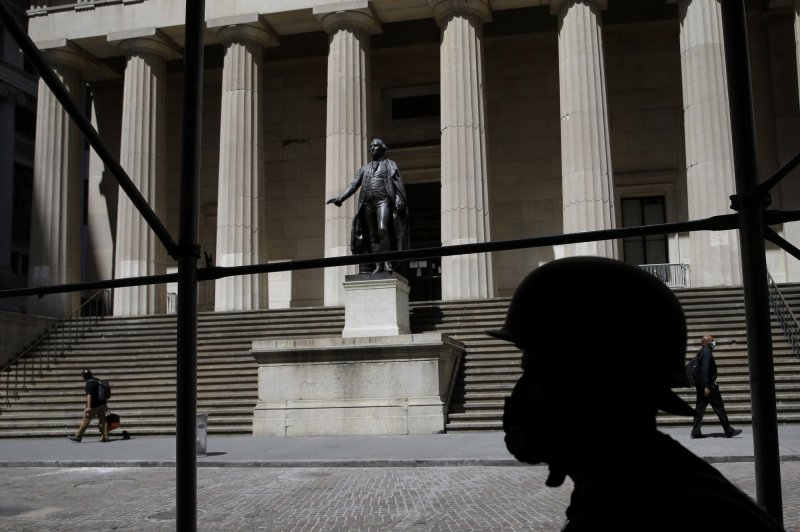
A staghorn coral that was artificially transplanted into the Atlantic Ocean near Miami releases eggs in August. Photo courtesy of University of Miami Rosenstiel School of Marine and Atmospheric Science
Sept. 25 (UPI) -- Researchers in South Florida showed this summer that transplanted corals can reproduce naturally on reefs, representing a significant advance in coral reef restoration.
The spawning that occurred Aug. 6 and 7 near Miami proved the success of coral transplanting, which is considered a vital method to save dying reefs around the world, researchers from the University of Miami's Rosenstiel School of Marine and Atmospheric Science said.
"It was extremely rewarding to see the spawning, because we're never going to be able to recover the reefs unless these corals thrive and reproduce," said Diego Lirman, an associate professor of marine biology and ecology at the school.
He was referring to the moment he saw the first corals release eggs and sperm.
The UM biologists had collected the staghorn coral eggs, which are being used to expand their breeding population and boost genetic diversity. Doing this is part of a desperate effort to save and restore the reefs, which have lost 90% of their staghorn corals in the last four decades, Lirman said.
"We have a lot riding on these spawning events -- financially and emotionally. I felt a big relief and a sense of accomplishment," he said.
At stake is the survival of the staghorn species on the third-longest barrier reef in the world, which the U.S. Geological Survey says is dying and eroding. Scientists in 2014 found that stony coral tissue loss disease was ravaging the reef.
RELATED Feds list 20 new coral species as 'threatened'
The 200-mile-long barrier helps protect Florida and the Keys from waves at a time when climate change is believed to be causing more frequent and more severe hurricanes. The federal government estimates the reef's value at $8.5 billion in terms of shoreline protection, tourism and fishing impact.
The corals are beset by problems such as hurricane damage, rising temperatures due to climate change, coral bleaching and other diseases, Lirman said. Large areas of dead coral make natural reproduction difficult.
"There's been reproduction over the past few decades, but we are not seeing strong evidence they are recovering naturally, and the only way to increase the genetic diversity is through sexual reproduction," Lirman said.
RELATED Florida coral reefs damaged by cold water
The work is funded by $6 million from the National Fish and Wildlife Foundation, federal and local governments and other nonprofit groups. The spawning is a first step toward restoring 125 acres of reef in South Florida over three years starting in January.
The project, which began in January, ultimately will grow and plant over 150,000 coral colonies and juveniles from five coral species, three of which are listed as threatened.
Some members of the coalition behind the project were skeptical that it could work in South Florida, said Margaret Miller, research director for SECORE International, an environmental non-profit focused on coral restoration.
"Elkhorn and staghorn coral species are very scarce in South Florida, so there are few parent corals to start with," said Margaret Miller, research director for SECORE International of Ohio, an environmental non-profit.
"We haven't seen some corals spawning there for years, so the spawning in August was a better outcome than we expected."















